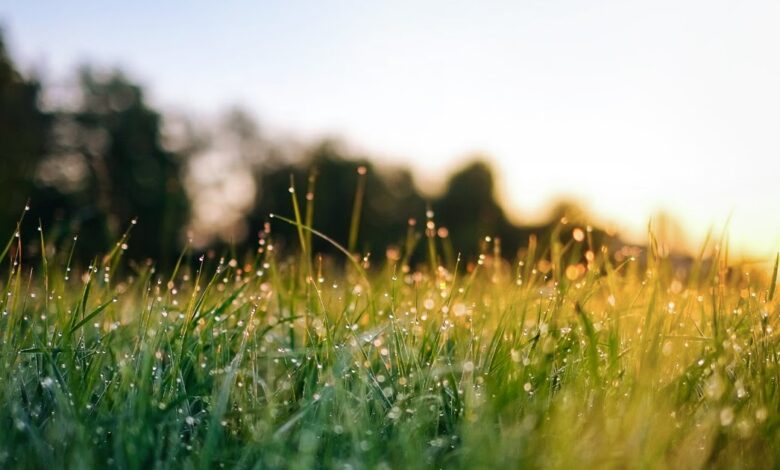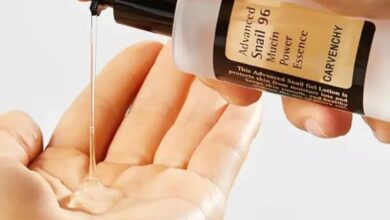5 Common Sprinkler Mistakes That Might Be Ruining Your Lawn

There’s nothing better than stepping outside and seeing a lush, green lawn that looks fresh and healthy. It’s like nature’s way of giving your home a warm welcome. But sometimes, no matter how much you water, those stubborn brown patches, soggy spots, or thinning grass just won’t go away. Sound familiar?
The truth is, your sprinkler system could be working against you without you even realizing it. From watering too much to missing key areas, small mistakes can have a big impact on your yard’s health. The good news? Most of these issues are easy to fix once you know what to look for.
So, before spending another weekend guessing what’s wrong, let’s break down the most common sprinkler mistakes to make you aware.
#1. Uneven Coverage
A common mistake homeowners make is assuming their irrigation system is hitting every inch of the yard evenly. But in reality, some areas may be getting drowned while others remain bone dry. This leads to a patchy, unhealthy appearance that’s hard to fix.
Additionally, upgrading sprinkler heads can make a big difference in water efficiency and coverage. However, choosing the right type and installing them correctly is just as important. The wrong setup can lead to uneven watering, misting, or wasted water. That’s why getting professional help is a smart choice. Experts can recommend the best options and ensure proper installation for even coverage.
Photo: Jonathan Cooper
#2. Overwatering
To fix this, avoid one long session of watering. Try shorter, multiple cycles to allow the soil to absorb moisture more effectively. Keep an eye out for standing water or persistently damp soil – these are clear signs that it’s time to cut back on watering.
#3. Ignoring Leaks: The Hidden Drain on Your Water Bill
A small leak might not seem like a big deal, but over time, it can waste gallons of water and create unexpected soggy patches in your yard. So, if your bill suddenly spikes for no reason, it’s worth checking for dripping heads, underground leaks, or broken pipes.
How to fix it:
- Walk around your yard and look for puddles or constantly wet soil.
- If certain zones aren’t turning on properly, there may be an underground issue.
- Check for misaligned heads that spray water in the wrong direction.
Photo: kaboompics
#4. Using the Wrong Schedule
Believe it or not, the timing of your irrigation routine makes a huge difference. Doing it in the middle of the day causes excessive evaporation, meaning most of it disappears before it even reaches the roots. On the other hand, setting up your system to run late at night increases the risk of fungus and disease.
So, the best approach is to schedule it early morning (before 10 AM) or late evening when temperatures are lower. This practice allows moisture to soak in properly without drying up too quickly.
If you notice a lot of runoff, you might need to adjust the flow rate so the ground absorbs liquid at a slower pace. Keeping a well-timed routine prevents wasted resources and helps grass grow stronger over time.
#5. Not Adjusting for Seasonal Changes
One of the biggest mistakes homeowners make is keeping the same watering schedule year-round. But as seasons change, so do the watering needs of your grass. Using the wrong settings wastes water in cooler months and leaves grass struggling in hotter ones.
Follow these tips:
- During spring and fall, reduce watering since temperatures are milder.
- In summer, increase watering slightly, but avoid drenching the ground.
- Before winter hits, drain the system to prevent freezing and pipe damage.
Final Thoughts…
https://blogger.googleusercontent.com/img/b/R29vZ2xl/AVvXsEjwXWCRh9HtO60B0VO7ToXViO2LkUCxR6ijDEjMvSz7wYVIoWUMnb-CYjtYpnFooWHREVWpT0fXHwRKZXmR0eTDeopDrnKB47GIINl58ZLrrVidYm7Ssv0l3E1CgxyzuKyF0nI3opeEb6uAjRlofV5cZbPai_5voaN7OvvIKzXnpGdy83hG0ySWxlMdNxT5/w1200-h630-p-k-no-nu/lizbreygel-sprinkler-mistakes-ruining-lawn-1.jpg
2025-02-19 08:07:00







